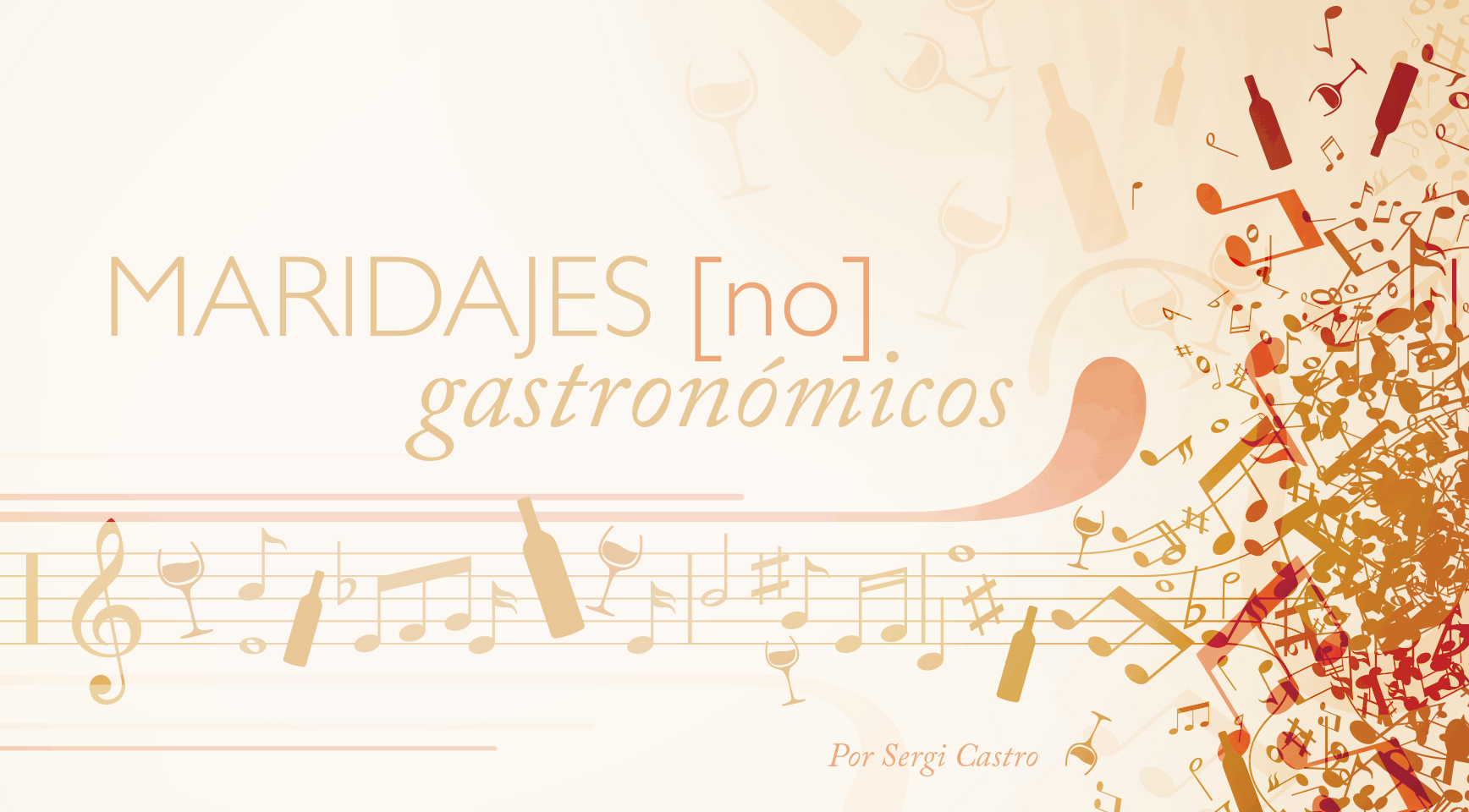Wine Pairings... Without Food

Lets take a closer look. The matching of food and wine has changed over the years, and, as sommeliers, we are growing bolder when it comes to experimenting with elements once considered immutable. This includes the serving temperature of the wine, the textures of food or dissecting individual elements to precisely determine their constituent aromatic compounds and using this as the basis for a pairing. In this regard, François Chartier's molecular approach to the work of a sommelier is both surprising and interesting. Generally speaking, however, we can say that the matching of wine and food comes down to something very tangible, which is the interaction between the different flavors. For example, it is an established fact that salt hardens the tannins or that the wine's acidity can lighten the perception of fat in a dish.
But when it comes to pairing wine with music or literature, what interactions can we refer to in justifying the match? These types of wine pairings are informed by sensations, moods or personal taste. I would never say that these are not worthy pairings, but they are emotional rather than rational in nature.
To provide an example of a very well-prepared musical match, I would like to tell you about a live concert that I participate in every year, alongside a jazz trio and a musicologist, where we pair three TORRES wines with music. How do we go about it? After making a preliminary selection of the wines we would like to pair, we meet with the musicologist and the musicians for a brainstorming session. We taste the wines—a technical tasting that allows us to develop an in-depth analysis of the sensations they produce upon entry to the palate, their length, etc. Based on these findings, we talk about the type of music, melody and rhythm that might go well with the wine.
The musicologist analyzes the sheet music for each instrument to find a relationship between the sensations and the beats. A painstaking task, carried out as we taste the wines... Then songs start coming to mind, and we consider different options, finally agreeing on a decision based on the concept that has developed during the meeting. As you can see, it involves a process halfway between consensus and intuition.
In concluding, and as an example, I would like to describe in greater detail the songs and wines chosen for this year's edition: Los viajes de la música y el vino (The voyages of wine and music), featuring wines made from varieties as well traveled as the songs. We paired our Riesling Waltraud with the well-known German song Die Moritat von Mackie Messer (Kurt Weill/Bertolt Brecht, 1928), made even more popular by its English version The Ballad of Mack the Knife. We continued with Fransola, which found its perfect match in a southern-flavored version of the French classic C'est si bon (1947). The concert concluded with Georgia On My Mind (1930) accompanying the velvety smoothness of Gran Coronas.
If you decide to give it a try, let us know what you think!
